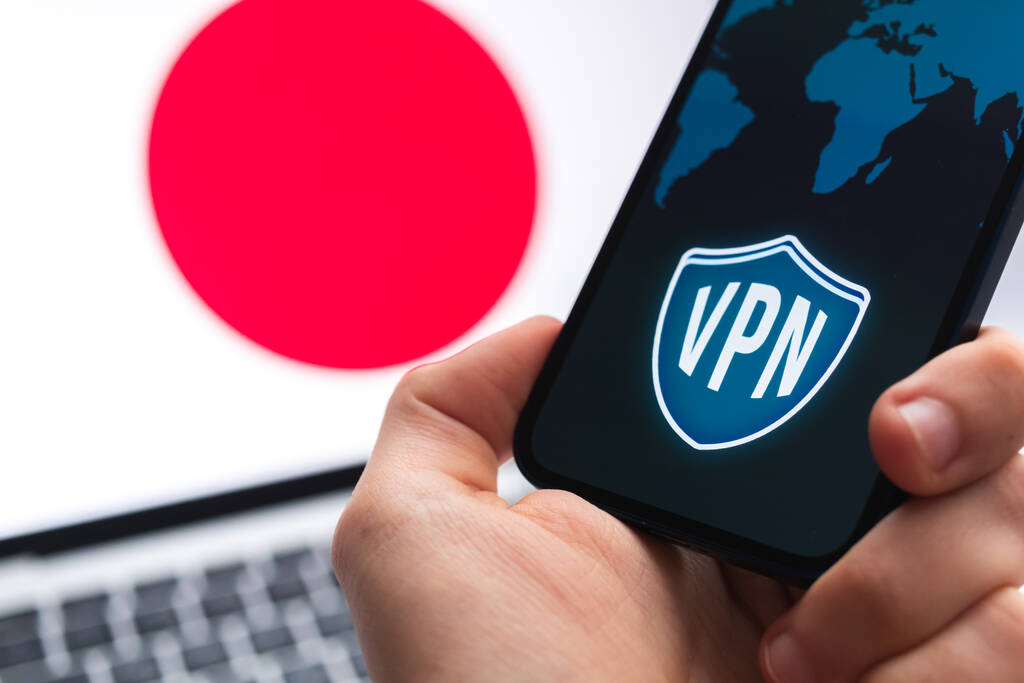You can change your iPhone’s IP address in a few different ways, depending on your goal. That might mean improving privacy, troubleshooting a network, or unlocking region-based content.
This guide covers five practical methods, from switching networks to using a VPN. One of the tools we’ll mention is LightningX VPN, which offers solid performance on iOS.
Method 1: Switch to a Different Wi-Fi Network
Your public IP address is tied to the network’s internet gateway, not the device itself. Different Wi-Fi networks mean different gateways, and thus different public IP addresses.
Quick Steps to Switch Wi-Fi and Change IP on iPhone
- Open the Settings app and tap on “Wi-Fi.”
- Choose a different Wi-Fi network and connect to it (e.g., a public hotspot or a friend’s network).
- Once connected, your iPhone will be assigned a new public IP address by that network.
- To confirm the change, visit sites like whatismyipaddress.com from your iPhone’s browser.
Sometimes, the issue isn’t just your specific IP but a whole range of addresses that a service has blocked, or restrictions based on where you’re connecting from.
In cases like this, switching between Wi-Fi networks within the same area or provider won’t make a difference because the block covers a larger chunk of the internet.
This kind of blanket restriction often happens with streaming sites limiting content to certain countries, or with national firewalls that control access regionally. When that’s the case, simply changing Wi-Fi won’t get you around it. So, you might need to use a VPN.
Method 2: Use a VPN to Change Your IP Address
If switching Wi-Fi isn’t enough, you can use a VPN to change your IP address in the following way:
- Download a VPN app, for example, LightningX VPN as a solid choice.
- Install it on your iPhone and open it.
- There you are at the interface, choose the server and with just one single click, you can change the IP to wherever you want.
Why Choose LightningX VPN?
The app offers access to over 2,000 nodes across 70+ countries. When you use it, you’re not just getting a new IP, but also getting plenty of options to pick from.
The iOS app is super intuitive, so switching locations takes just a few taps. Plus, it’s built for smooth streaming and strong privacy.
One thing really worth mentioning is that its low-latency servers help cut down buffering, even on 4K streams.
You can run LightningX on up to three devices at once, and it works across pretty much every platform – iPhone, Android, Mac, Windows, smart TVs, and even browser extensions like Chrome.
It’s considered one of the simplest ways to change your IP on your iPhone, download LightningX VPN now and change your IP address easily.
Method 3: Use Cellular Data
To quickly get a different IP, simply turn off Wi-Fi and let your iPhone connect via cellular data. Your iPhone will then use your carrier’s network, which means a different IP than what you get on Wi-Fi.
Steps:
- Go to Settings > Wi-Fi and toggle it off.
- Make sure Cellular/Mobile Data is turned on.
- Now your iPhone will be using a different IP from your mobile provider.
Tip: some services block certain mobile IP ranges too. And if your data plan isn’t unlimited, switching to cellular could end up costing more.
Method 4: Use Airplane Mode to Refresh IP
This is more of a trick than a method. If you’re using mobile data, toggling airplane mode on and off may assign you a new IP address from your carrier’s pool. It’s not guaranteed, but it works often enough to be worth trying.
Steps:
- Swipe down to open the Control Center.
- Tap the airplane icon to enable Airplane Mode.
- Wait about 10–20 seconds.
- Tap it again to turn the Airplane Mode off.
- Your iPhone will reconnect to the cellular network, often with a new IP.
If the IP stays the same, repeat the process or combine this with turning off/on mobile data manually.
Method 5: Set a Manual (Static) IP Address for Local Use
This won’t affect the IP address websites see, it only sets a fixed local address for your iPhone within your Wi-Fi network. But it helps a lot if you want your phone to keep the same spot on your home network. After setting up, it is easier to connect to devices like printers or smart home gadgets and prevent occasional IP conflicts.
Steps:
- Go to Settings > Wi-Fi, then tap the “i” icon next to your connected network.
- Scroll down to “Configure IP” and switch from “Automatic” to “Manual.”
- Enter the IP address, subnet mask, and router info as needed.
Keep in mind: Just so you know, this kind of IP change is only local, it doesn’t affect how websites or apps see you on the internet. So, if your goal is to unlock region-restricted content or dodge an IP ban, you’ll need something more powerful.
FAQ – How to Change IP Address on iPhone
Is It legal to Use a VPN to Change My IP?
In most countries, yes. However, a few regions (like China, Russia, or Iran) have restrictions or require government-approved VPNs. Always check your local laws and regulations before using a VPN.
Why Can’t I Access Some Content Even After Changing My IP?
Sometimes, changing your IP isn’t quite enough. If a site is tracking you through cookies, browser history, or even your account itself, it may still know where you are. In that case, try clearing your cache, logging out and back in, or switching to incognito mode for a cleaner start.

